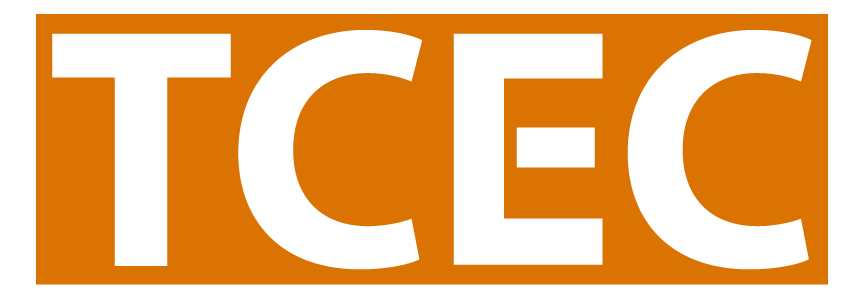
Takeaways from our month-long celebration of Final Evaluation Reports
by Sarah Hellesen
Does February feel like a lifetime ago? Things might be crazy in the world right now, but TCEC is still here to help you with your evaluation needs. As part of that, we wanted to give you a refresher on our four-part webinar series on Final Evaluation Reports, also known as FER-bruary.
Whether you attended the FER-bruary sessions live or opted to watch the replays later, we want to make sure the important information from this series stays with you as you write your evaluation reports. Here are what we believe are the most important takeaways from each training:
What Evaluation Reporting Can Do for You
In Day 1 we discussed how evaluation reporting is similar to storytelling. Your FER is the story of your project’s objectives, but that doesn’t mean it needs to include every single detail! Find the balance that will provide enough relevant context for someone unfamiliar with your project to understand what happened and why, without overwhelming your reader with clutter. FERs state what happened, analyze what worked and what didn’t, and recommend next steps.
FERs are valuable because they create a roadmap of where to go next in terms of your objectives. They can help you determine what has or has not worked in the past, and what you should do in the future. Writing a good report helps not only your project; other programs seeking to achieve similar objectives can learn from your strategies, too.
Key takeaways:
- Evaluation reports can benefit your project’s future work.
- FERs are useful to a wide audience beyond just the funder.
- FER writing is a team effort—not everyone should write the report, but everyone can be a part of weighing what was meaningful.
- Start your writing process early!
End Result and Backstory
Day 2 of FER-bruary was all about the Aim & Outcome, Background, and Evaluation Methods & Design sections of the Final Evaluation Reports.
The Aim & Outcome is the "too long; didn't read" of your report. Tell the reader up front what the project was trying to do, and what the end result was! This helps frame the rest of the story for the reader.
In the Background section, you should make the case for why your project chose to work on THIS particular objective, in THIS particular jurisdiction, at THIS particular time. Why this, why here, and why now? Remember to include your whole team in the discussion of why this objective was important!
Use the Evaluation Methods & Design section to provide an outline of the key parts of your evaluation plan. This should include a table that summarizes the process and outcome activities, as well as their purpose, samples, and timing. Accompany this with a narrative that describes how each evaluation activity will support the objective.
Key takeaways:
- Say right away if this objective was met!
- Share only information that is relevant. Introduce key stakeholders, set the scene, and provide context.
What Happened Along the Objective Path
During the third week, we explored the Results section, which makes up the bulk of the report. This section is where you lay out the road map of how your project pursued the objective, with descriptions of both intervention and evaluation strategies, and what happened as a result.
We also introduced the acronym WAHU: Why, Action, How, and Utility. These are the elements that should be covered in each description of the key intervention and evaluation activities.
Key Takeaways:
- Provide enough specific detail so the reader can get a good sense of what happened and why. Your team members can fill in any gaps that you might be unsure of.
- Extraneous information such as supplemental activity descriptions and data collection instruments should go into your report’s Appendix.
- One way to make results easy to digest is by including data visualizations where it is appropriate to do so.
Epilogue: What Really Happened and Why
Finally, for the last day of FER-bruary we discussed Conclusions & Recommendations, and we talked about the need to demonstrate culturally responsive practices in your report.
It is important to document how your project went about tailoring outreach, activities and materials to various stakeholder groups and elements of the community. Knowing how well these strategies worked can be a huge benefit for your own or other projects! Too often in FERs we’ve seen a short sentence that just mentions that surveys were translated into another language. However, your project’s population of interest will often be more than just a racial or ethnic group.
The Conclusions & Recommendations section should restate the degree to which the objective was met, and provide insight into why things worked out the way they did. Remember, your recommendations should always be based on information that is included in the body of the report. Don’t pull recommendations out of thin air!
Key Takeaways:
- Culture goes beyond race or ethnicity; your project should always tailor its strategies to your population of interest.
- Analyze the key wins or challenges, and from there, make concrete, specific recommendations.
You can find all four parts of the FER-bruary series in our Webinar Archive. Be sure to review the Tell Your Story Guidelines as you prepare to write your reports, and as always, contact TCEC if you have any questions!
